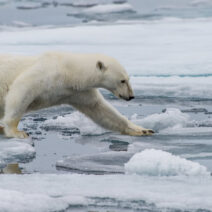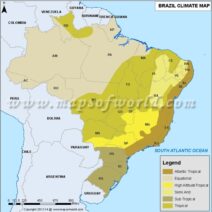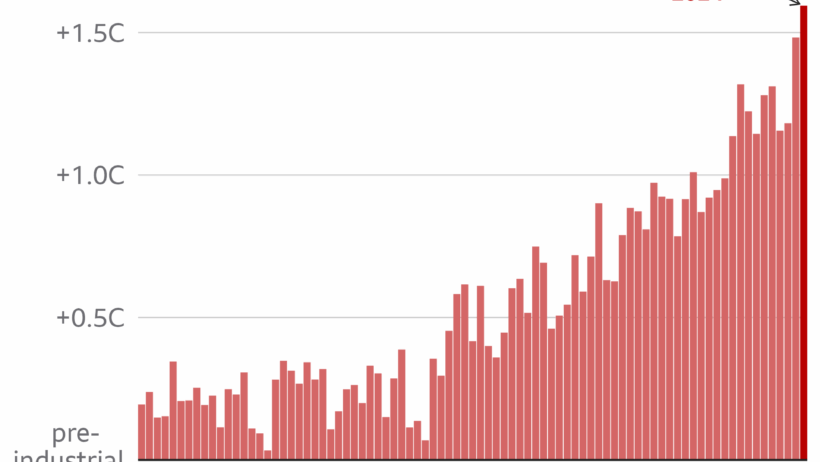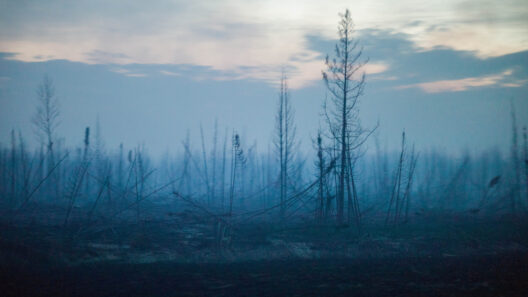Rock doves, commonly known as pigeons, are often regarded as ubiquitous inhabitants of urban environments. These hardy birds have adapted remarkably to city life, yet they too are facing the repercussions of climate change. As global temperatures rise, the consequences ripple through ecosystems, affecting a myriad of species—including the rock dove. The pressing question arises: can these adaptable birds withstand the escalating challenges posed by a warming planet?
Understanding the plight of rock doves necessitates an exploration of their natural behaviors and habitats. Historically, rock doves roamed the cliffs and coastal regions of Europe and North Africa. Their evolutionary journey has equipped them with remarkable navigation skills and a unique ability to thrive in diverse environments. As these birds shifted from rocky ledges to bustling city squares, they developed remarkable adaptability that has allowed them to survive where many other species could not. However, this adaptability is now being put to the test.
As temperatures inch upwards and weather patterns grow erratic, rock doves confront several formidable challenges. One significant threat is the alteration of their habitats. Cities are experiencing more extreme heat waves, which can limit the availability of food and water sources. Urban landscapes often lack adequate green spaces, which are essential for foraging and nesting. In the throes of unrelenting heat, can these birds still find the sustenance necessary to thrive?
Additionally, the burgeoning urban heat island effect exacerbates temperature spikes in cities, making them less hospitable for rock doves. These birds are reliant on cooler, shaded areas to shield themselves from the sweltering heat. The disappearance of such microhabitats could lead to increased stress levels among the population, impacting their reproductive success and overall health.
Rising temperatures also influence food availability. Rock doves primarily consume seeds, fruits, and grains. As climate change intensifies, the agricultural landscape is fraught with unpredictability. Crop yields may dwindle, and food scarcity could rise, leading to heightened competition among individuals for limited resources. With their traditional foraging strategies compromised, will rock doves find innovative ways to adapt to the shifting food web?
Pestilence adds another layer of complexity. Higher temperatures can facilitate the proliferation of diseases and parasites that linger in urban environments. The stress from heat may weaken the immune systems of these birds, making them more susceptible to infections. In a rapidly warming world, how do rock doves navigate the dual threats of reduced food supply and increased disease prevalence?
Interestingly, behavioral modifications may offer some resilience. Rock doves display remarkable intelligence and adaptability; they may adjust their foraging patterns or temporal routines in response to changing environmental conditions. These birds could alter their foraging schedules to hunt during cooler parts of the day. However, a question remains: how quickly can their behavioral adaptations keep pace with the rapid onset of climate change?
Moreover, rock doves are not alone in their struggles. They share their urban habitats with a multitude of other species that are also negatively impacted by climate change. In this intricate tapestry of ecosystems, the fate of rock doves is intertwined with that of other urban dwellers. As temperatures continue to rise, the competition for niche spaces and resources becomes increasingly fierce. Collaborative dynamics within the avian community may change drastically as species adapt or falter. Will rock doves forge alliances with other birds to survive? Or will they lose ground to more opportunistic species?
Cognizant of these challenges, researchers are turning their gaze toward understanding the resilience mechanisms inherent in rock doves. Investigations are sought into how environmental stressors affect their behaviors and reproductive patterns. Conservationists are beginning to prioritize urban spaces as critical habitats that warrant protection amid the ongoing climate crisis. Initiatives aimed at creating green corridors in cities may provide refuge for rock doves and other resident species, allowing them to navigate the urban jungle with relative ease.
The potential challenge remains: can we envision a future where urban designs account for the ecological needs of all inhabitants, both feathered and unfeathered? As cities expand, merging nature with urban landscapes presents a daunting but essential endeavor in addressing climate impacts. Sustainable practices and green infrastructure can facilitate a hopeful recovery for many species, including rock doves, as adaptability is key to survival.
Ultimately, the plight of rock doves amid rising temperatures serves as an allegory for broader ecological integrity. Each species plays a vital role in maintaining the balance of our shared ecosystems. As climate shifts, the outcomes could be dire not only for rock doves but for the myriad of organisms interwoven into the fabric of urban life. Their survival, like that of many others, hinges on our collective responsibility to address climate change proactively and holistically.
In conclusion, the unseen victims of global warming, including rock doves, remind us of the fragility of our ecosystems. Their adaptability and skills may offer a glimmer of hope, yet they serve as a poignant reminder of the urgent need for climate action. As stewards of the planet, our choices today will dictate the fate of countless species tomorrow. Will we rise to the challenge and foster a world where even the most subtle inhabitants can thrive?







